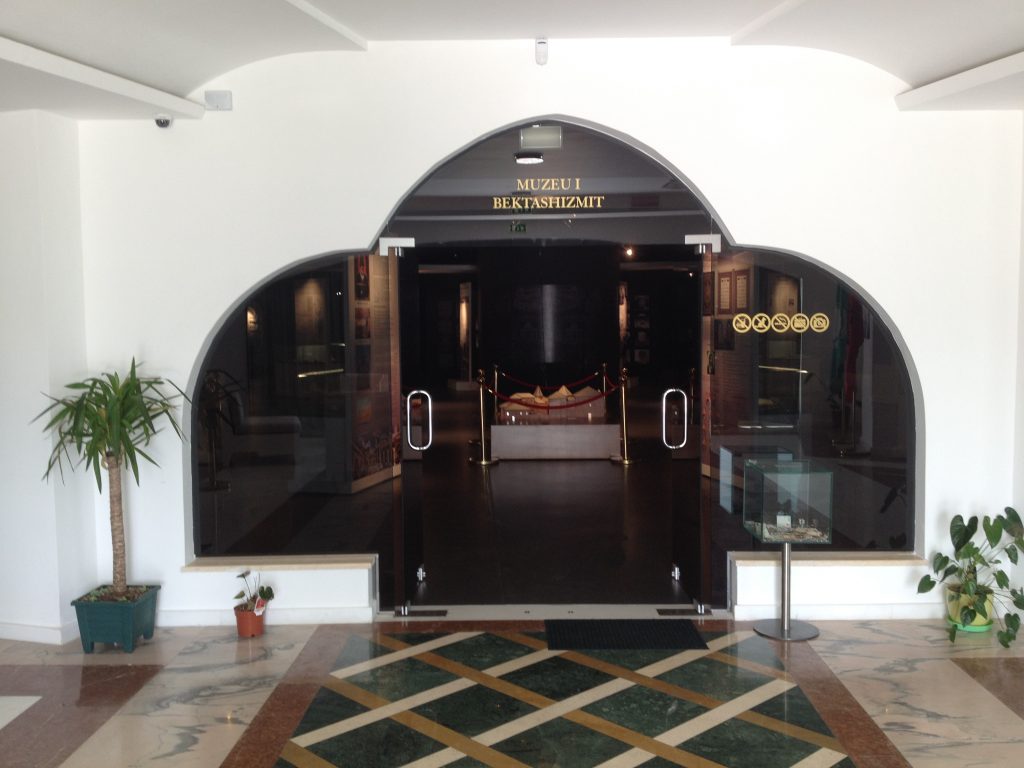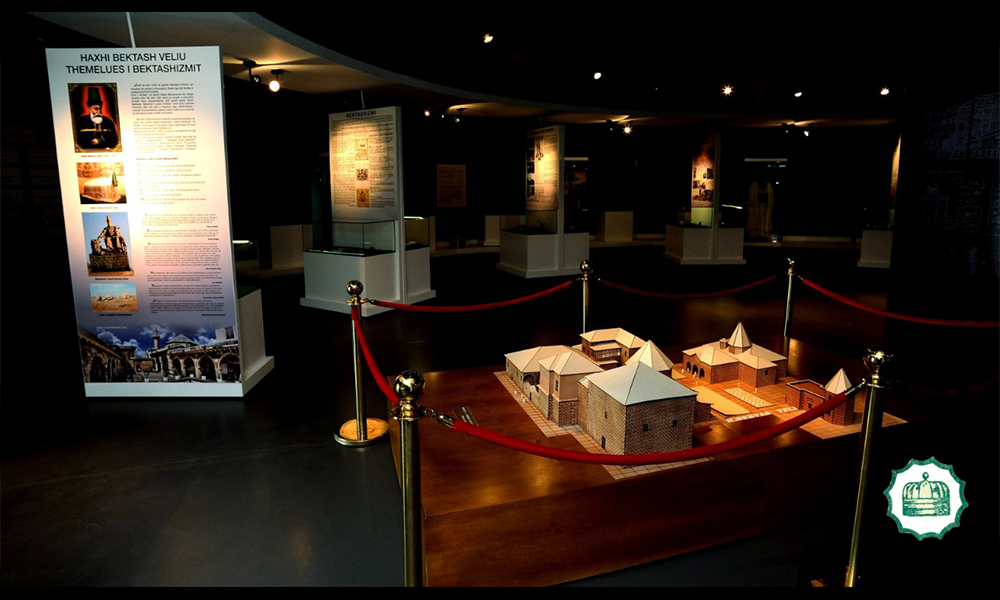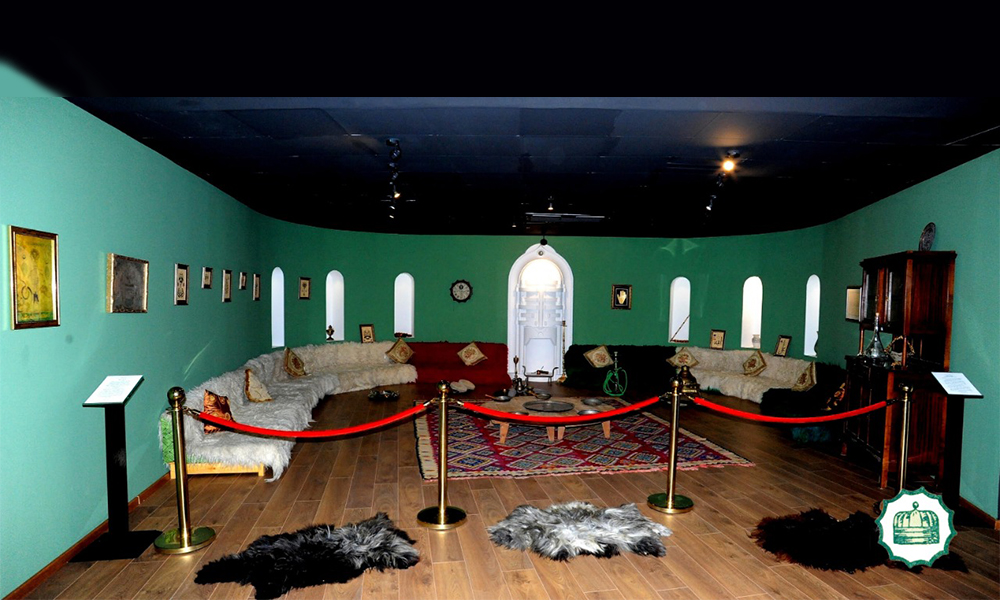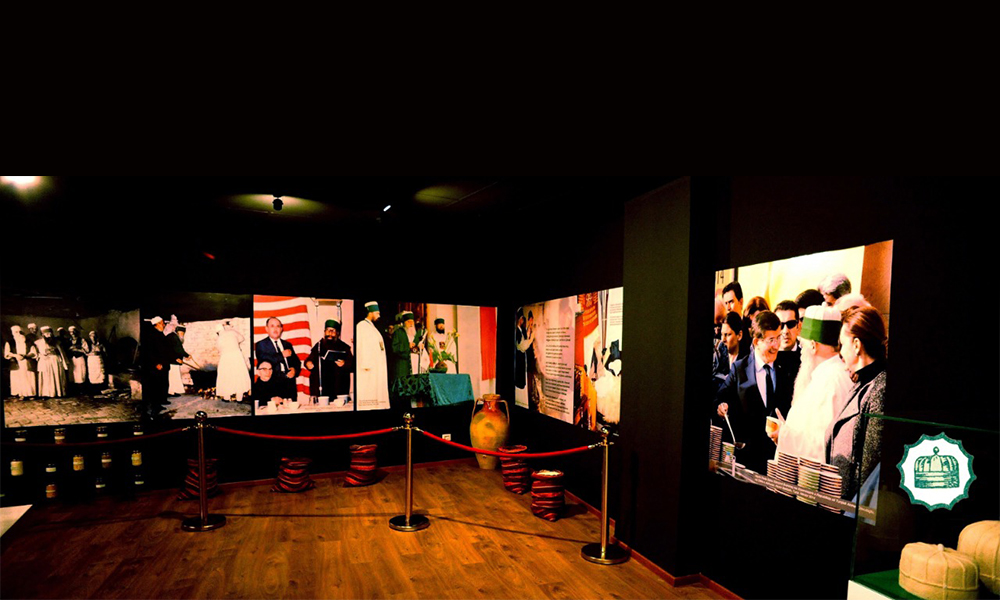
The Bektashee Museum was inaugurated on Sep 7th, 2015, as part of the religious-cultural centre. The visitor gets to know chronologically the 800 years-old history of Bektashee through documents, photos and relics as a powerful branch of the Islamic religion trunk, starting with the Holy Quran, the Prophet Mohammad (a.s.), the family of Ehli Bejt and twelve Imams. A special attention is given to the founder of the Bektashee Hajji Bektash Veli and his act, as well as the second Pir, Ballem Sultan and the important reforms that he undertook. Further on, the visitor gets to know the mission, the purpose of Bektashee that have as their source the doctrine:”Four gates, sheriat, tariqat, marifet and hakikat and fourty mekamet”. Sar Salltiku, the Tomorr mountain etc., as holy places and subject to the pilgrimage, are connected to the missionaries and martyrs who set their marks in Albania and beyond. An important place in this museum takes the great contribution of the Albanian Bektashee in the National Movement, as it does also the settlement of the World Bektashee Seat in Tirana by Sali Njazi Dedei. The memoir angle is situated in the center of the museum, in honour of the Bektashian clerics persecuted through centuries. The Bektashee congresses are presented in special stands, from the Prishta Congress on 1921 until the 8th Congress on 2015. The structural organizing of the Bektashee Community is divided into six seats: the seat of Berat, the seat of Korça, the seat of Gjirokastra, the seat of Kruja, the seat of Vlora, the seat of Elbasan. A special stand is dedicated to the tekkes of Detroit (USA), of Tetovo and the tekke of Gjakova. The visitor knows the Bektashee uniforms and hierarchy through the mannequins. In a corner takes place the religious harmony as a bektashee prominent feature, given in different important historical periods of the Albanian people, as well as the stand of the Holy Books as: Tevrati, Zeburi, Gospel and Quran. The rare relics of the Bektashee World Leaders as Dede Ahmet Myftari, Dede Reshat Bardhi, Dede Kamber Prishta and many other clerics are presented in many glass-cases. A special place is dedicated to the contribution of Frashëri brothers and some of their rare publications. The environments of the “Fire-place coffee”, “Ashura” and “Pilgrimage” make an important place of the Bektashee Museum. The monitors enable the visitors to see closely different views of the tekkes, the persecution of the clerics and the ceremony of Ashura. The museum has been build-up under the guidance and care of Hajji Dede Edmond Brahimaj, and many museum specialists, architects, engineers, painters and designers have given their contribution. The museum is continuing to inspire interests to many Albanian and foreign visitors.



BEKTASHI CONGRESS
